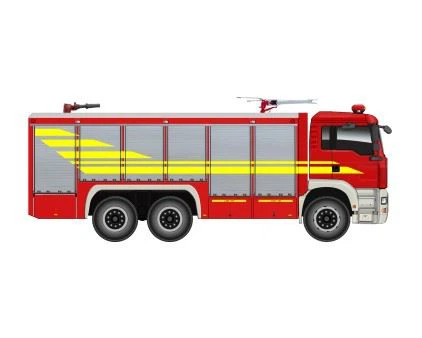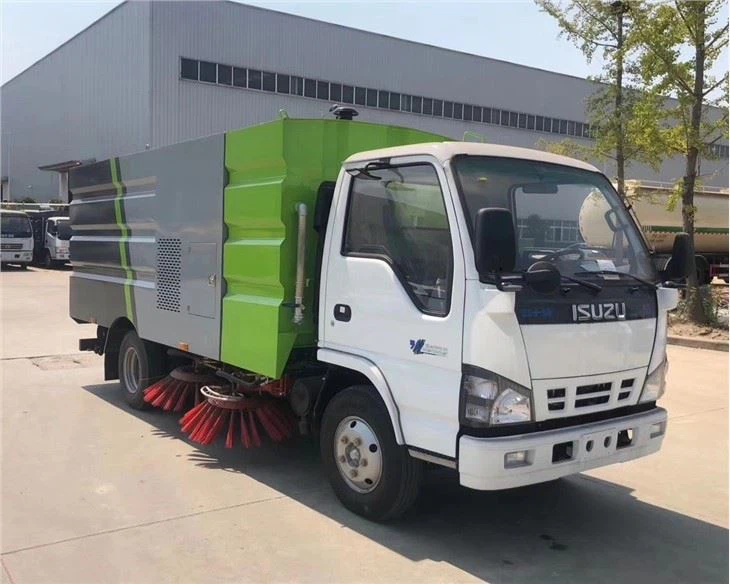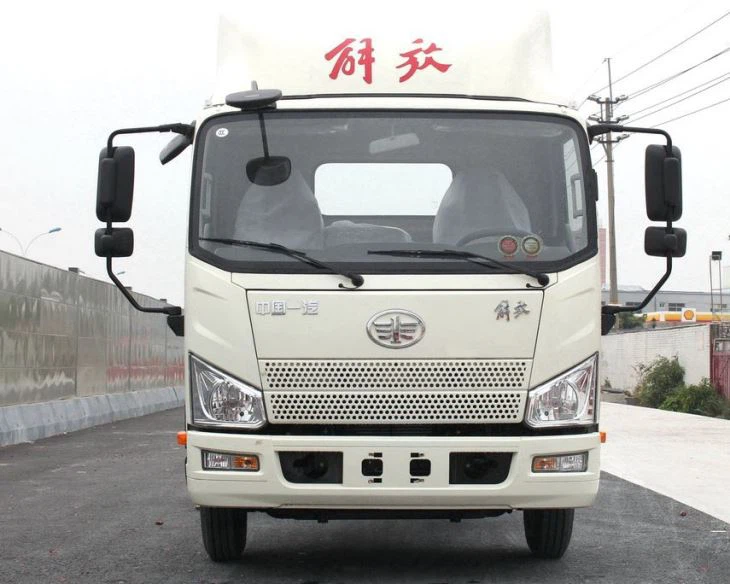The Complete Guide to Cylinder Trucks: Features, Uses, and Tips for Choosing the Right One

Cylinder trucks, often known as cylinder dollies or cylinder trolleys, are specialized vehicles designed for transporting and handling gas cylinders and other heavy, cylindrical objects. These trucks make the challenging task of moving heavy loads safer, easier, and more efficient. In this comprehensive guide, we’ll delve into everything you need to know about cylinder trucks, from their features and benefits to specific applications and buying considerations.
Understanding Cylinder Trucks
Cylinder trucks are designed specifically to facilitate the movement of gas cylinders, making them an essential tool in industries such as welding, medical, and various manufacturing sectors. Their design features allow for safe and ergonomic transport, reducing the risks associated with lifting and carrying heavy gas bottles manually.
Types of Cylinder Trucks
- Standard Cylinder Trucks: Typically designed for single cylinders, these trucks are easy to maneuver indoors and outdoors.
- Double Cylinder Trucks: These trucks can carry two cylinders side by side, increasing efficiency for tasks that require multiple gas types.
- Electric Cylinder Trucks: For heavy-duty applications, electric cylinder trucks provide power-assisted transport for added convenience.
- Adjustable Cylinder Trucks: Featuring adjustable arms, these trucks are versatile enough to accommodate various cylinder sizes.
Key Features of Cylinder Trucks
- Sturdy Frame: Made from heavy-duty materials to support significant weight.
- Large Wheels: Designed for smooth transportation over various terrains.
- Safety Straps: To secure the cylinder during transport and prevent it from toppling.
- Ergonomically Designed Handle: Facilitates comfortable handling and reduces strain.
Benefits of Using Cylinder Trucks
Improved Safety
One of the most significant advantages of using cylinder trucks is enhanced safety. By minimizing manual lifting and carrying, workers are less likely to sustain injuries.
Increased Efficiency
Cylinder trucks allow for quicker loading and unloading, enabling workers to complete tasks more rapidly, which can significantly improve productivity.

Better Mobility
With large wheels and robust construction, these trucks can thrive on different surfaces, making them suitable for both indoor and outdoor use.
Applications of Cylinder Trucks
Industrial Use
In manufacturing and construction sites, cylinder trucks are indispensable for moving various gas cylinders (like oxygen, acetylene, etc.) that are crucial for different processes.
Medical and Healthcare

In hospitals and clinics, cylinder trucks facilitate the transport of oxygen tanks and other medical gases, essential for patient care.
Welding and Metal Fabrication
Welders often rely on these trucks to transport oxygen and acetylene tanks easily, thus enhancing their workflow and safety.
Choosing the Right Cylinder Truck
Load Capacity
Consider the weight of the cylinders you’ll be transporting. Select a cylinder truck designed to handle at least the maximum weight you’ll encounter.
Terrain Compatibility
If you plan to use the cylinder truck on uneven surfaces, look for one with larger wheels for better stability and mobility.
Ergonomic Features
Consider options with adjustable handles and comfortable grips to enhance user comfort during prolonged operations.
Safety Features
Ensure the model includes safety straps and stabilizing arms to keep the cylinder secure during movement.
Practical Tips for Using Cylinder Trucks
Proper Loading Techniques
When loading a gas cylinder onto the truck, always position it carefully against the backrest to prevent rolling or tipping.
Regular Inspection
Conduct periodic inspections of your cylinder truck for signs of wear or damage, focusing on wheels, frames, and safety features.
Training Employees
Ensure all personnel are trained on the proper use of cylinder trucks, including loading techniques, maneuvering, and safety protocols.
Maintenance of Cylinder Trucks

Cleaning and Upkeep
Regularly clean the cylinder truck after use to remove any dirt or residue that could affect its operation. Inspect wheels and tires for wear and dirt accumulation.
Lubrication
Lubricate moving parts periodically to ensure smooth operation and prevent rusting, especially in humid environments.
Replacement of Worn Parts
Monitor the condition of straps and handles. Replace any worn or damaged components immediately to ensure continued safety and efficiency.
Frequently Asked Questions (FAQs)
What is a cylinder truck used for?
A cylinder truck is designed specifically for the safe and efficient transportation of gas cylinders and similar heavy, cylindrical objects.
How much weight can a cylinder truck hold?
The load capacity of a cylinder truck varies by model, but most are capable of holding between 150 to 500 pounds.
Can I use a cylinder truck outside?
Yes, many cylinder trucks are designed for both indoor and outdoor use, but ensure the model can handle the terrain you’ll be navigating.
Are cylinder trucks adjustable?
Many cylinder trucks feature adjustable designs to accommodate various cylinder sizes, making them versatile for different applications.
How do I maintain my cylinder truck?
Regular cleaning, lubrication of moving parts, and timely replacement of worn-out components will help maintain your cylinder truck.
Where can I buy a cylinder truck?
Cylinder trucks can be purchased from specialized industrial supply stores, online retail platforms, and directly from manufacturers.
Conclusion
Cylinder trucks play a critical role in safety and efficiency across multiple industries. Understanding their features, applications, and maintenance can help maximize their utility, ensuring that you choose the right equipment for your needs.
